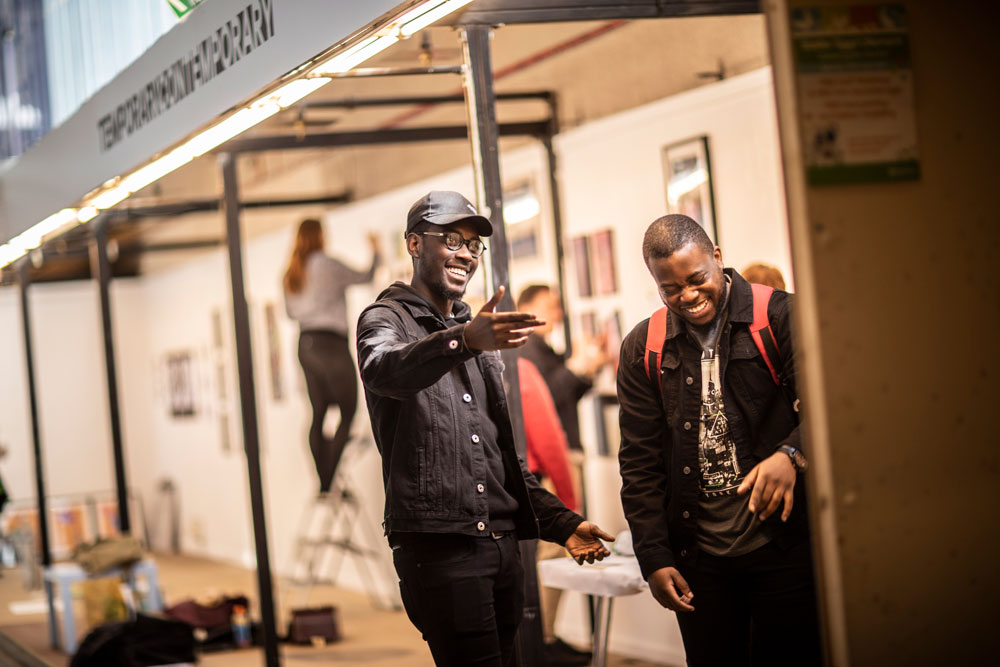
CEADA Research Students
Aidan Whelan
MA by Research
Superviosr: Prof Rina Arya
I am undertaking a Master's by Research examining the uses and meanings of the prefix ‘Neo-‘ in categorising architectural history, whether its use continues to be relevant and valid in as a framework within contemporary practice, and what alternative approaches to stylistic continuity and discontinuity in visual culture could be proposed.
I also have interests in scholarship concerning biophilic design, George Gilbert Scott/ the Scott Dynasty, the Neo-Romanesque movement, ecclesiological architecture, housing history, and Jungian interpretations of architecture.
Ailsa Read
PhD
Supervisor: Dr Stella Baraklianou
This practice-based research is an investigation into the persecution of witches in Seventeenth Century England with a special emphasis on the Lancashire Pendle Witches. This creative practice is developing an interpretation of these women by the use of laser cutting, which accentuates the connection between vulnerability and persecution.
Assunta Miles
PhD
Supervisors: Dr Tracy Cassidy and Dr Jade Halbert
Humanising the machine: an examination of the forgotten craft of Singer sewing machine lace work
The word ‘machine’ is accompanied by preconceived assumptions and prejudices. Victorian condemnation of machine manufacture, as being void of human touch, gave rise to the notion that objects involving machinery are inferior, as if they are simply a product of the machine. This research study argues, through a case study of the Singer lace techniques and their existence in machine embroidery practice in Britain, that practices which make use of machinery are dependent on an individual’s skill set and ingenuity. The researcher has undertaken a practical investigation of Singer lace work, generating primary evidence that the sewing machine functions merely as a mechanical tool in this skill-intensive practice which demands the co-ordinated movement of hand, eye and foot. The quality of the artefact is entirely dependent on the skill of the individual. The nuances of human manipulation in the making process produce a unique artefact that cannot be exactly replicated.
Deepening understanding of the nature of practices that make use of machinery changes the existing narratives of ‘hand versus machine’ and ’handmade or machine made’. Accepting machine made as being ultimately handmade reframes mechanical intervention in the historiography of craft, dispelling the notional hierarchy by which artefacts are viewed in contemporary society.
Barbara Waters
PhD - Part-time
Supervisor: Dr Tracy Cassidy
Brand names are frequently used in popular fiction to help to achieve verisimilitude and support characterisation. My research explores the use of fashion brand names in novels, focussing on the links between symbolic consumption, brand image, brand personality and characterisation, in order to evaluate the use of novels as a resource for fashion brand image research. I will also examine the commercial implications of this phenomenon. Global spending on product placement is increasing as marketers seek alternative ways to connect with consumers in an era of rapidly evolving media consumption patterns. There is evidence that some brand owners are already using novels as a product placement medium but the extent and impact of paid product placement in novels is unclear. My research will evaluate the potential effectiveness of fashion brand placement in popular fiction. The findings should be of interest to fashion brands looking for alternative promotional opportunities.
Charlie Goldthorpe
PhD
Supervisor: Dr Anna Powell
Can an object be created to store love?
This is a studio-based PhD, producing a series of samples/artefacts/exhibition alongside a theoretical investigative thesis. The investigative research informs that of the studio-based practice and is led by explorative oral history based case studies. The design process will be documented and reflected on in a written thesis, which will contextualise the study within my current art practice.
Christian Skovgaard Petersen
PhD
Supervisors: Prof Alex Coles and Dr Austin Houldsworth
I am a visual communication designer trained at UAL and Konstfack, Sweden. After having worked in design and having a graphic novel published, I went on to a job in architectural prototyping for offices and workshops in the UK and Denmark. Now I am bringing these disparate strands of practice together in the PhD project Practice Fictions.
The project’s methodology combines autoethnography, field study and practice-based methods. This is done in order to understand whether new forms of practice emerge when the practitioner leaves the studio or workshop to contend with the contingencies of a field site.
Initially looking at historical cases where practitioners found themselves working in the field – a fashion photographer working alongside anthropologists in 1960’s Morocco. A foreign correspondent and a filmmaker’s almost chance-meeting in war-torn El Salvador in the eighties.
The intention is to develop a practice-based and ethnographic method to be applied in actual field study.
The research is informed by the writings of Joan Didion, George Marcus and Bruno Latour.
Francesca Lockett Richardson
PhD
Supervisors: Dr Claire Barber and Dr Jill Townsley
The research investigates sensory engagement in textile art practice and how co-creation with the visually impaired has influenced my own creative process. Involving a site specific archive intervention at Macclesfield Silk Museum and Paradise Mill I am working with members of the East Cheshire Eye Society to explore the museum collections, the history of silk production in Macclesfield and the origins of the charity through practice based research. Creative events are being used as a way of transporting the visually impaired and myself beyond the museum rope in a sensory experience of the textile machinery and object handling through the senses including sound, smell and touch.
Jonathan Orlek
PhD
Supervisor: Dr Anna Powell
I am investigating artist live/work as an embedded researcher within East Street Arts. My research focuses on the public and artistic value of House 45, a pilot live/work project in Beeston, Leeds.
House 45 is used as an active site to explore methods for co-interpreting artist live/work with local communities and art audiences. This will include the use of sensory ethnography and autoethnography to develop multiple, competing and playful interpretations.
Live/work projects have often facilitated alternative and collective practices through sharing economies, reimagining domestic space, or the accommodation of atypical family units. Contemporary spatial theory, mapping, and creative writing will be used to investigate the transformative social and cultural claims surrounding artist live/work.
Laura Mateescu
PhD
Supervisors: Dr Rowan Bailey and Dr Allie Carr
Identity Formation Processes in a Socially Engaged Photographic Practice: Perceptions and Experiences of Romanian Communities in post – Brexit Britain.
My research is investigating the perceptions and experiences of Romanian communities living in the UK post-Brexit, in and through socially engaged photographic practice.
My interest in this topic stems from personal experiences and aims to uncover the unmediated, real life narratives of Romanian communities living in the UK in the current socio-economic and political climate. Documenting and analysing how Brexit - as a demonstration of nationalism, supported by far-right politics and mass media discourses - shapes and influences identity formation processes in immigrant communities which can also can help investigate alternative formations of diasporic identities of Romanian communities in a post-Brexit context.
Working with Romanian communities in and through socially engaged photographic practice implies collaboration, co-production, co-authorship, and co-curation. Applying PAR (Participatory Action Research) methodologies in the mechanics of the collaboration, will help inform the context and experiences of Romanian communities and the role of the socially engaged photography practitioner in this context. As such, the processes involved in the making of photography, perform as a democratized and expanded photographic practice. This way of working shifts the focus from the voice of “one” to the voice of “the many” and aims to also identify and renegotiate the conventions and clichés of art practices, which have been defined as “subtly [reinforcing] oppressive social dynamics” (Gregory, 2014).
Moreover, using photography as a visual language for self-identification can also facilitate the means through which Romanian communities can visually take ownership of renegotiating the representations informed by propaganda speech and the stereotypes linked to immigration, oppression and othering.
Louis Pawlett
PhD
Supervisors: Prof Alex Cole, Dr Jill Townsley and Prof Monty Adkins
Recreating music related objects, I want to not only explore and understand the eerie juxtaposition and similarities that resurgent ‘retro’ music formats like vinyl and more recently cassette tapes have now compared to current formats/platforms like music streaming, but also the evocative or nostalgic response the viewer has when experiencing these formats (sculptures) resulting from the music industry.
I noticed when authors like Mark Fisher discuss the ‘Hauntology’ effects of formats like vinyl or cassette tapes they would more likely than not discuss the sonic/audio aspects of these formats, something which a lot of authors and artists have explored, but rarely anyone would discuss the visual aspects of these formats. This visual ‘Hauntology’ of these formats is something which I want to focus on and explore alongside the sonic/audio aspects within this project as I believe there is a lot to discuss within this visual language which gets overlooked in favour of the sonic/audio ‘Hauntology’ of these formats which is as important as the sonic/audio, like seeing a current pop musician album as a vinyl or cassette something which would not be the case not too long ago.
What makes this project unique is that I am going to explore and visualise the potential future point where our fascination of the recent past becomes so instantaneous that the past and present meet. As there are authors like Simon Reynolds who discuss about our growing fascination with our recent past and suggest this cycle is occurring at a faster rate but what does the conclusion of this fascination/cycle look like? And how are music related objects affected by this occurrence?.
Louise Richards
PhD
Supervisors: Dr Sonja Andrew and Dr Jade Halbert
Encoding nostalgia is an investigation of the meanings generated by the imagery, patterns and colourways in examples of printed fashion textiles designed from the 1970s to the 1980s. The research aims to explore the impact of these factors in the generation of nostalgia to the viewer, and how shared cultural perceptions and personal memories impact on the readings. There is also a practice based focus, which will include creating printed designs informed by the research.
Louise was awarded a Society of Dyers and Colourist’s Bursary in 2020 to visit and research fabrics/wallpapers identified for study at The V&A Museum, The V&A Clothworker’s Museum and The Museum of Domestic Design & Architecture.
Lucy McConnell
PhD
Supervisors: Dr Jade Halbert and Dr Sonja Andrew
Lucy is a Dress and Textile Historian, with specialisms in the Utility Clothing Scheme during the Second World War and textiles produced in Paisley, Scotland. Within her research, Lucy seeks to unearth the hidden histories of individuals and groups involved in the manufacture and sale of garments and textiles, through exploring the social, cultural, political, economic and technological histories within the written record and imbued in material cultures of extant objects. Through her research interests, ranging from the eighteenth century to the present day, Lucy has worked on several projects from exhibitions, displays, and archiving, to written publications, conference presentations and guest lecturing, workshop facilitation, and advising on historical costume for television.
Currently, Lucy is a Doctoral candidate with the University of Huddersfield. Her PhD study, titled The Northern Powerhouse: Constructing Fashion Under the Utility Clothing Scheme in the West Riding of Yorkshire, 1941-1945, will expand the narrative around the Utility Clothing Scheme, furthering current debates by exploring the impacts government implemented changes had on both manufacturers and retailers of Utility. Through employing both a qualitative and quantitative approach, the essential role of businesses based in a geographic area which has oftentimes been overlooked – the historic West Riding of Yorkshire - in the success of the Utility Clothing Scheme, will be positioned at the centre of Lucy’s thesis.
Lucy is an avid collector of antique and vintage pieces, and utilises her collection within her research, to both inform study and to illustrate written work and presentations. Her collection centres around Utility clothing, textiles and homewares, which will be key to demonstrating the quality of garments produced for the Scheme within her PhD.
Lydia Czolacz
PhD
Supervised by: Dr Anneke Pettican and Prof Alex Coles
My project considers the influence of collage and Surrealist techniques upon the practice of contemporary graphic design, with a particular focus on automatism, used by a selection of women designers/artists participating in visual culture today. My research deconstructs a series of contemporary graphic collages, that trace the relationship between new dimensions of design and Surrealism that is made possible by contemporary 3D graphic software. Simple copy and paste techniques are now small elements of a wider range of technical capabilities whereby material, texture, depth, volume, compression and lighting are ways in which collage can traverse new Surrealist realities and unlock a potential for curative automatism.
Nicola Redmore
PhD
Supervisor: Dr Tracy Cassidy
Slowing down the creative process to engage with the materials themselves, this research starts to explore the potential of hand woven leno structures to be used within the landscape and to explore the process of change in response to environmental factors. There is a delicate relationship between textiles and the landscape, in response to which the designer of performance fabrics is required to create, indestructible solutions, with a lifetime guarantee. By embracing the science of uncertainty, fresh ideas and new solutions have the potential to be created and the research will be centred on the development of textile responses to the landscape, on and off the loom, using leno weaving and other stable/flexible knot forming systems of fabric construction.
Preethi Ravichandran
MA by Research
Supervisors: Dr Sonja Andrew and Dr Jade Halbert
My research investigation involves displaying a textile art installation over a period of time to a range of viewers in a healthcare setting, and recording their responses via qualitative survey methods such as online questionnaires and interviews.
The textile artwork, being a visual medium, will involve a variety of carefully chosen elements which supports wellbeing. These elements include healing Kolam patterns (which are infographic patterns made up of only dots and lines, drawn in the threshold of every south Indian home with rice powder), healing colours ,natural dyes and handwoven fabric.
The artwork is done keeping in mind, the mind-set of viewers, who would be going through various tough mood swings whilst in the healthcare. The viewers will include visitors, patients and staff in the healthcare. The above mentioned elements of the artwork are specifically chosen for their visually elevating properties towards the viewers’ mental health.
Richard Allaway
PhD
Supervisors: Dr Roddy Hunter, Dr Anneke Pettican and Dr Gareth Hudson
My research project aims to identify and develop compositional models within and from my own practice that is capable of re-interpreting 19th century sublime landscape imagery. The investigation will be driven via the materiality of artificial light and space set within site specific installations. The study considers how artists (Frederic Church, Caspar Friedrich et al) have sought to confront and understand the phenomenological perceptions of the human experience within Arctic landscape art.
In context with the analysis and dissemination of my own practice, I will seek to find means of phenomenological constructs which will be carried out through practice-based examination and supported with theoretical and critical investigation within a reflective cycle.
Samantha Stewart
PhD
Supervisors: Dr Tracy Cassidy and Dr Claire Barber
Researching the movement and the routes taken through Exploration and Colonialism of Central African Art Sculpture and Textiles to major European centres of Art and Design during the mid to late 1800’s. Assessing the impact that these artworks and artefacts had upon European Modern Art and Textile Decoration through methods of Cultural and Visual Analysis such as Ethnomathematics.
Sharon Jones
PhD
Supervisors: Dr Jade Lord and Dr Jade Halbert
My research considers the feasibility of Fashion Localism. It examines UK garment manufacturing, identifying two alternative approaches, so-called slow fashion, and the integration of technology into a lean manufacturing model. Through a review of current literature and insights from industry, potential opportunities and barriers have been identified; primarily an aging workforce and a skills gap in subsequent generations.
By exploring the role of education, the disconnect between academia and industry, and the impact of the current system on social, environmental and economic factors, it delivers new important analysis by taking a unique inside perspective of the needs of UK clothing manufacturing. This is crucial to our knowledge and understanding of the future potential of the sector, addressing the skills gap in fashion graduates identified by employers, and the movement towards a DTC (direct to consumer) low-waste model. Thus, it has the potential to reform education from primary to university level, increase the appeal of careers within garment manufacturing, encourage closer collaboration between fashion academia and industry and ultimately, transform the UK fashion sector.
Stephen Hibbert
PhD
Supervisor:
The human-centric digital age is upon us in the form of ubiquitous computing (Weiser, 1991), now represented by the internet of things (IoT), and the increasing adoption of smart-wearable devices.
Future and emerging technologies (Horizon 2020 European Commission, 2014), through the use of highly efficient and responsive wearable computing, offer the potential to radically rethink our approaches to everyday activity both in the workplace and home of the ‘proximate future’ (Bell & Dourish, 2006). This activity will become ubiquitous in its integration into our lives only if the control and communication of the interactive interface is sufficiently considered and transparent in its ease of use and understanding. This requires a cross-disciplinary understanding of the problems inherent in marrying two distinctly separate environments (physical and virtual) into a single user-space.
A multifaceted investigation covering fields such as neurobiology, metaphysics, cybernetics and techno-science are all necessary in guiding a design-related solution. These designs need to be conceptualised in order to communicate the potential for a hybrid augmented/physical interaction, and to indicate the viability of integration into the workplace of the future.
Stephen Walker
Phd - Part-time
Supervisors: Dr Yan Wang Preston, Dr Simon Woolham and Dr Rowan Bailey
“Landscape / Exhaustion”
I am a photographer working in rural landscapes. My original plan was to work in at least four different places but, just as I was starting, the Covid pandemic limited what I was able to do. This has resulted in a more restricted but better-defined project that is located in a small area of forest on the edges of Cheshire, Derbyshire and Staffordshire.
The narrative is the detail of the relationship between the artist and a small area of land viewed over a period of years. I study myself, the place and myself in the place, with themes that include aging, land use/abuse, land ownership and how an apparently ordinary location might be an example of new concepts of the local Commons emerging 250 years after this land was Enclosed.
The aim is not to be documentary but to produce images that use the topology to reflect on overarching questions such as “What is Landscape?”, “What is Natural?” and “What is Beautiful?” as well as examining how attitudes to, and uses of, this place are changing – especially during the current periods of enforced “lock-down”. While I will consider these issues in the context of global threats to the Environment, this project is primarily about the local and the personal perspective.
Yreilyn Cartagena
PhD
Supervisors: Dr Anna Powell and Dr Rowan Bailey
Nowadays, it is common to find vacant and unused spaces in cities, generating a lack of urban harmony, economy issues, insecurity and many other harmful aspects. Usually, those areas are the result of history issues (economic, wars, demolitions and constructions) even in the contemporary age, cities have several open and isolates spaces. Consequently, urban areas experience a lack of engagement between the residents and their neighbourhoods, loss of identity and individualistic citizenship.
The need for generating better relationships between the space, the use and citizen’s demands, using vacant and unused areas will evoke an urban transformation in contemporary cities.
Due to this, the research aims to understand the different types of temporary interventions theories and practices concerning urban spaces and communities as elements for the city transformation, highlighting the gaps in the literature for further investigation.
In doing so, two specific areas in Bologna and Huddersfield have been select as suitable cases for the study, selecting temporary interventions around conflicted and busy areas. Piazza Scaravilli in Bologna chose as the tested area of research; the second selected area was The Piazza and Queensgate Market in Huddersfield.
The implemented methodology was through an observational study of Psychogeography walk and ethnography. The conceptual framework developed from the literature review is currently being to build a thematic framework to organise the analysis and create the discussion.
The analysis applied qualitative Data Collection; the depth of study divided into an urban and community perspective. Community analysis is based on the application of ethnography. At the same time, the urban perspective comes from the Psychogeography walk, together with a final discussion of the results using the case studies approach generating a theoretical framework that analyses the advantages of temporary interventions in abandoned and vacant areas in the transformation of the cities.

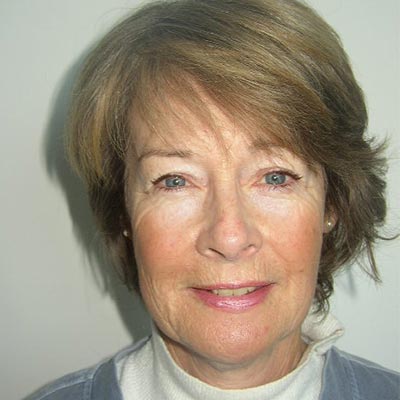
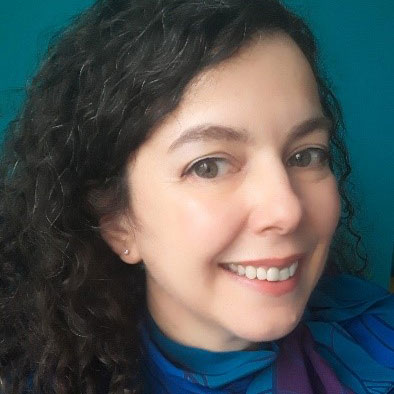
Assunta Miles
PhD Researcher
Supervised by Dr Tracy Cassidy and Dr Jade Halbert

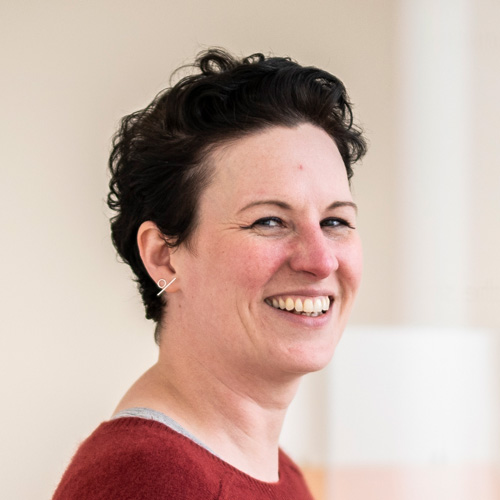
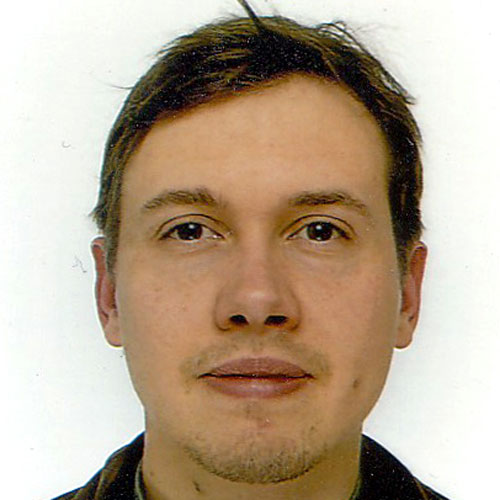
Christian Skovgaard Petersen
PhD Researcher
Supervised by Prof Alex Coles and Dr Austin Houldsworth
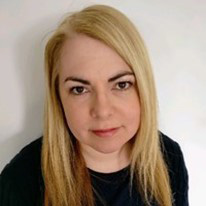
Francesca Lockett Richardson
PhD Researcher
Supervised by Dr Claire Barber and Dr Jill Townsley
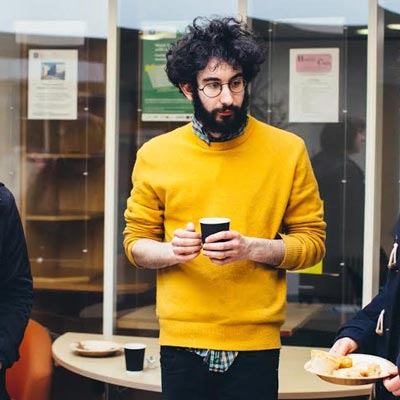
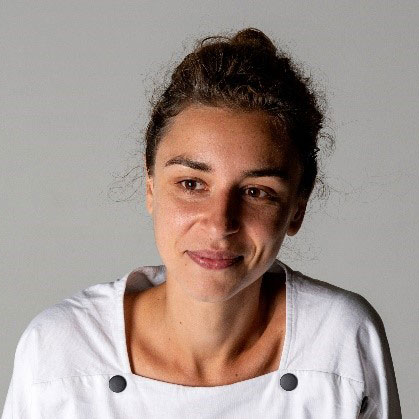
Laura Mateescu
PhD Researcher
Supervised by Dr Rowan Bailey and Dr Allie Carr
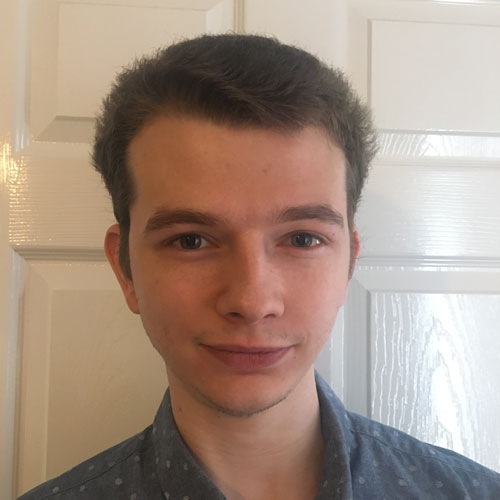
Louis Pawlett
PhD Researcher
Supervised by Prof Alex Coles, Dr Jill Townsley and Prof Monty Adkins

Louise Richards
PhD Researcher
Supervised by Dr Sonja Andrew and Dr Jade Halbert
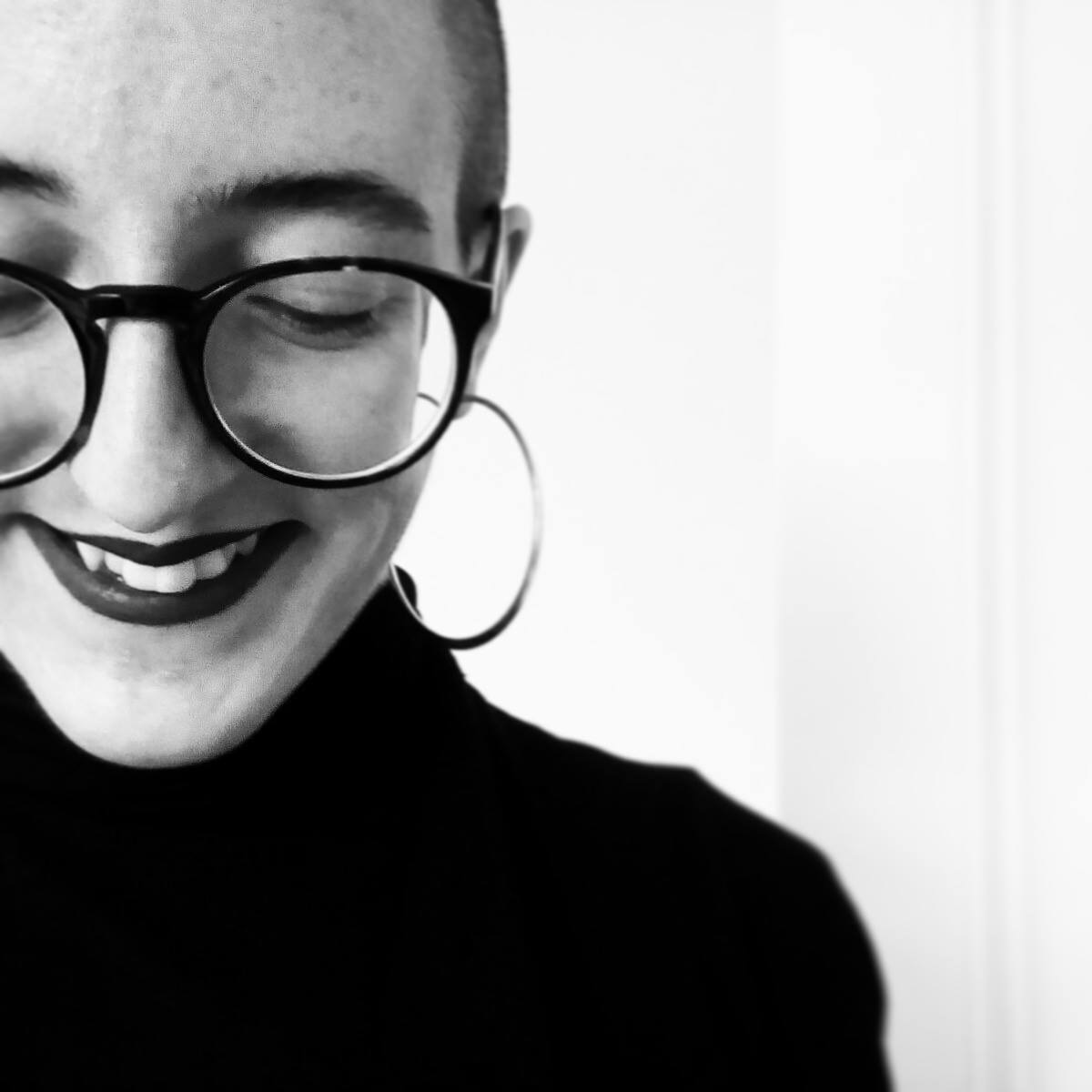
Lucy McConnell
PhD Researcher
Supervised by Dr Jade Halbert and Dr Sonja Andrew
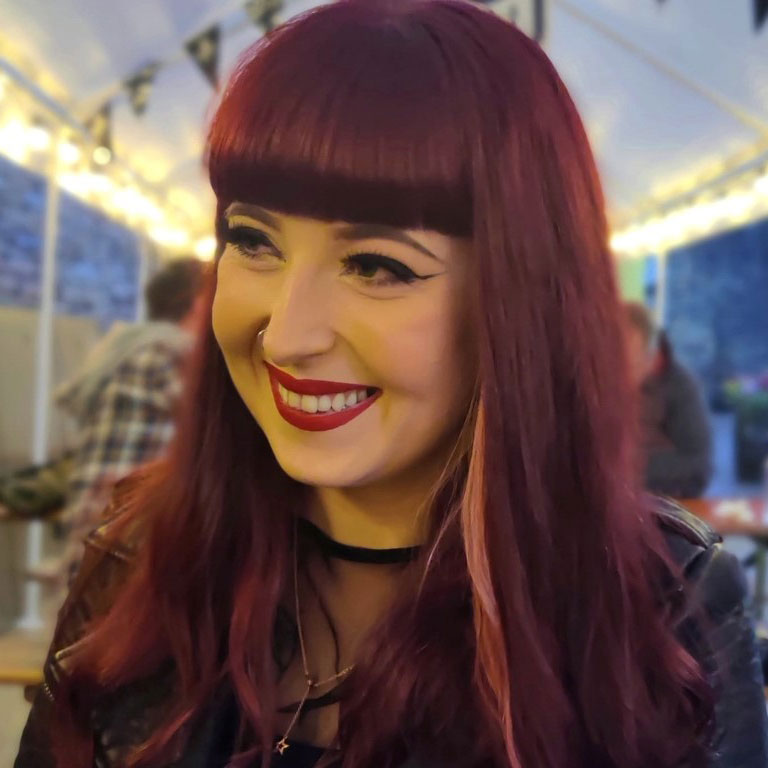
Lydia Czolacz
PhD Researcher
Supervised by Dr Anneke Pettican and Prof Alex Coles
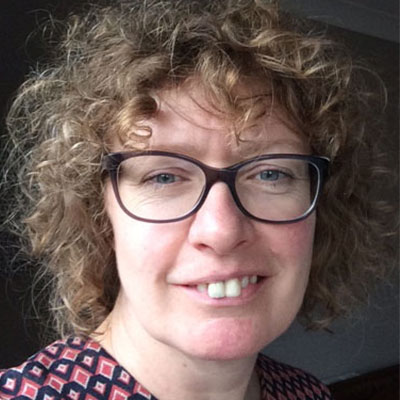
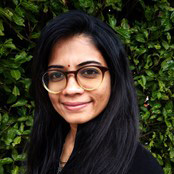
Preethi Ravichandran
MA by Research
Supervised by Dr Sonja Andrew and Dr Jade Halbert
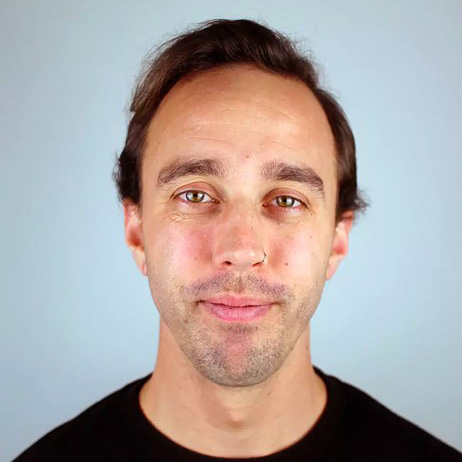
Richard Allaway
PhD Researcher
Supervised by Dr Roddy Hunter, Dr Anneke Pettican and Dr Gareth Hudson
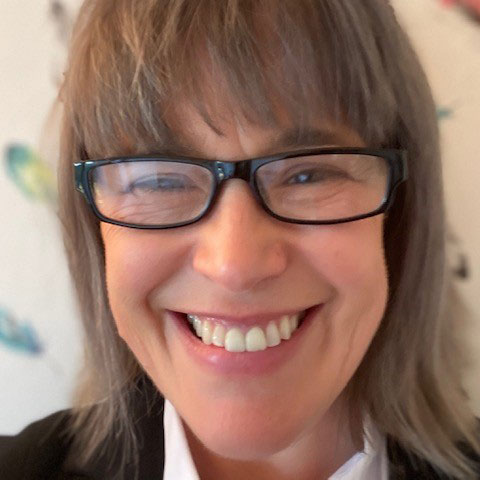
Samantha Stewart
PhD Researcher
Supervised by Dr Tracy Cassidy and Dr Claire Barber
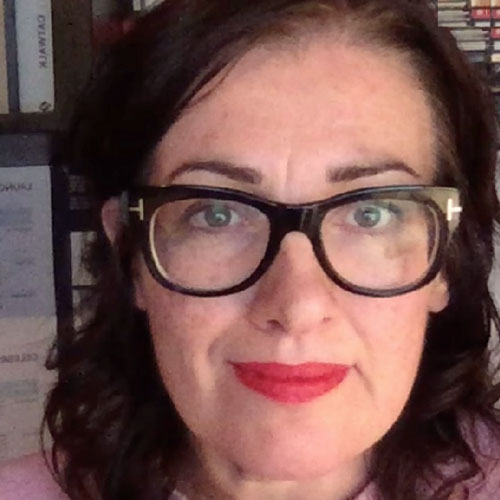
Sharon Jones
PhD Researcher
Supervised by Dr Jade Lord and Dr Jade Halbert
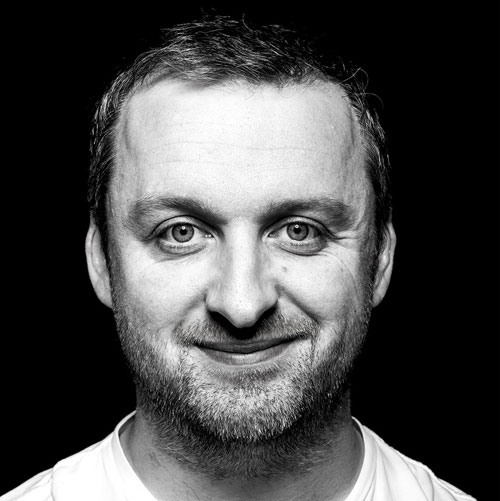
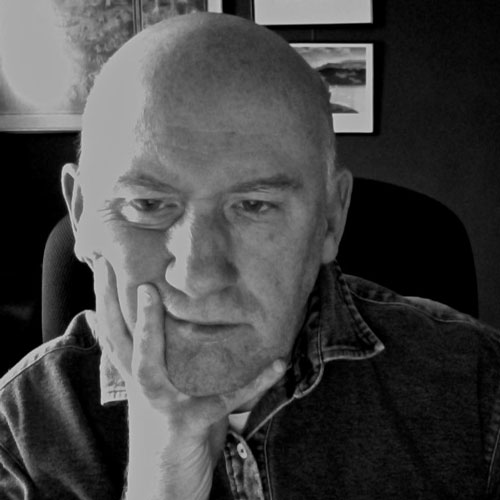
Stephen Walker
PhD Researcher
Supervised by Dr Yan Wang Preston, Dr Rowan Bailey and Dr Simon Woolham

Yreilyn Cartagena
PhD Researcher
Supervised by Dr Ioanni Delsante, Dr Anna Powell and Dr Rowan Bailey